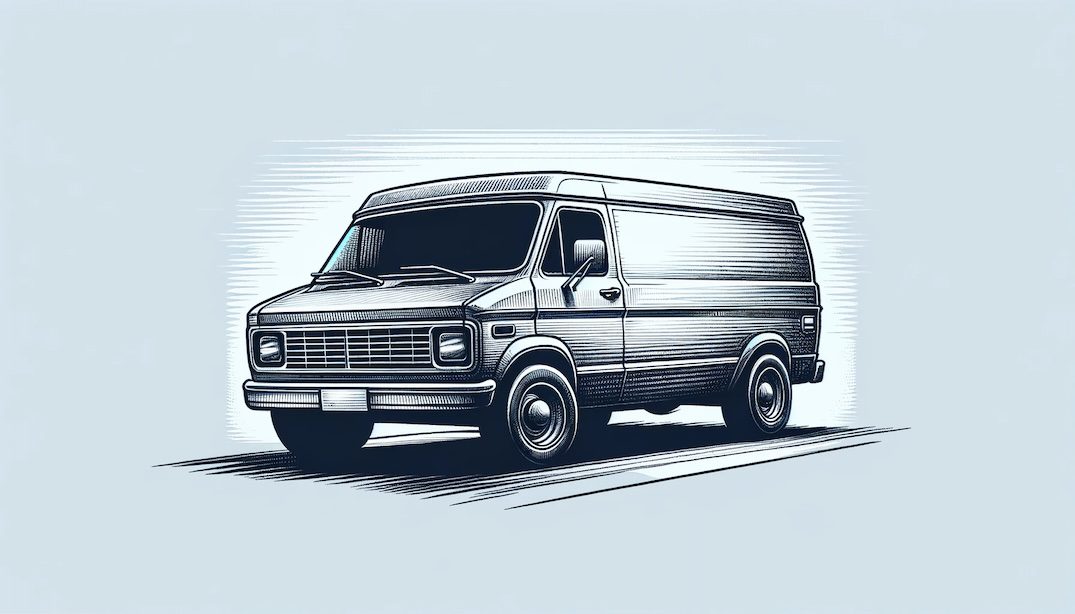Tag: politics
-

The Final Speech from The Great Dictator
I’m sorry, but I don’t want to be an emperor. That’s not my business. I don’t want to rule or conquer anyone. I should like to help everyone – if possible – Jew, Gentile – black man – white. We all want to help one another. Human beings are like that. We want to live…
-

If buying isn’t owning, piracy isn’t stealing
[…] WARNING: THIS DEVICE’S FEATURES ARE SUBJECT TO REVOCATION WITHOUT NOTICE, ACCORDING TO TERMS SET OUT IN SECRET NEGOTIATIONS. YOUR INVESTMENT IS CONTINGENT ON THE GOODWILL OF THE WORLD’S MOST PARANOID, TECHNOPHOBIC ENTERTAINMENT EXECS. THIS DEVICE AND DEVICES LIKE IT ARE TYPICALLY USED TO CHARGE YOU FOR THINGS YOU USED TO GET FOR FREE —…
-

Jom & POFMA
Jom Media has come under scrutiny following a POFMA order for three articles published in their segment, ‘Singapore This Week‘. They voiced concerns over the interpretation of the order, particularly in how it was applied to their content. One of the contentious points raised by Jom was regarding a statement in their publication. While conceding…
-

The Internet is Worse Than Ever
-

Broken Record
Website & Report. Via Kottke.
-

EU pushes for digital surveillance
Keep seeing more and more topics, threads and sites about it. And it’s probably not getting half as much attention as it deserves. Here’s a summary from Danny Mekić post:
-

It’s Time to Replace Urban Delivery Vans
Via Kottke.
-

Fascism
The War Department thought it was important for Americans to understand the tactics fascists would use to take power in the United States. They would try to gain power “under the guise of ‘super-patriotism’ and ‘super-Americanism.’” And they would use three techniques: First, they would pit religious, racial, and economic groups against one another to…
-
Carl Sagan on climate change: “we’re doing something immensely stupid”
This is sobering: in an ad for the United Nations Global Compact, the words of Carl Sagan from nearly 40 years ago warn us of the necessity for urgent action on climate change, deforestation, and extinction. Source: Kottke & Colosal.






